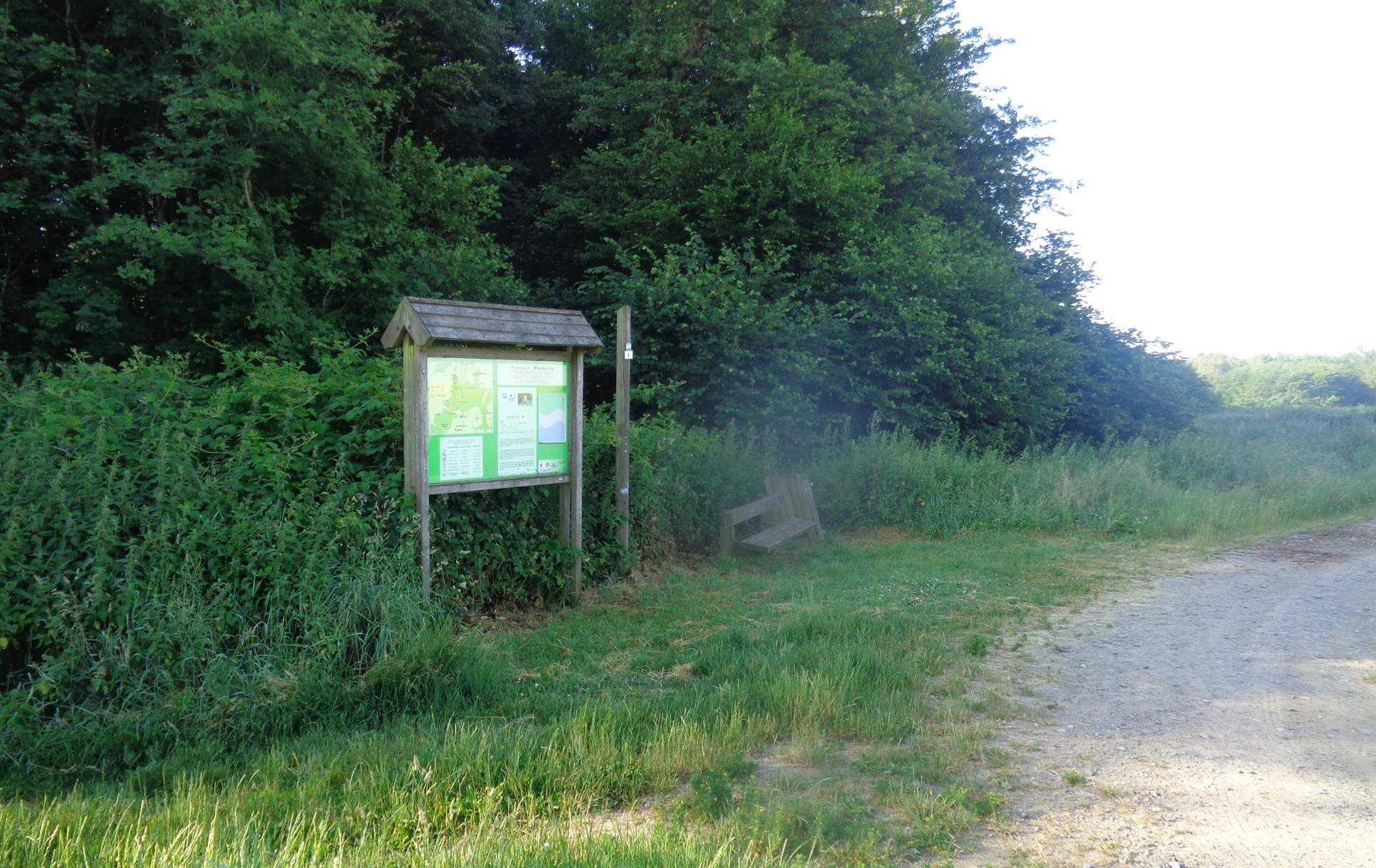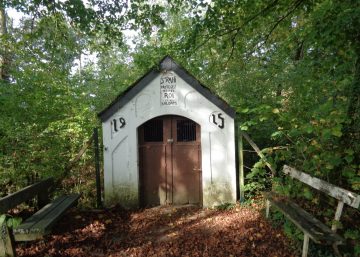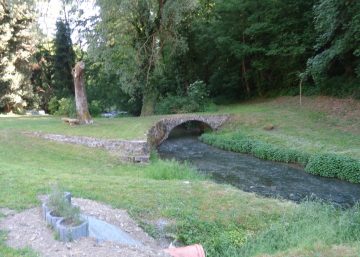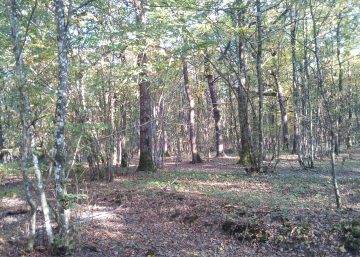Brief description
Five kilometres from Durbuy, this walk in the intimate setting of the forest gives you a good idea of the Bois de Viné and how it is managed by foresters. Walk quietly, as many game species live in the forest.
Notes
Compelling scenery
Before starting the walk, admire the scenery: the view over the Ourthe valley and the Somme from the last ridge of the Ardennes is breath-taking. To the north begins the Condroz region. The path now enters the wood. Be careful: the path down into the wood is muddy.
The climax stage
Oak, beech and spruce are the main species in Bois de Viné.
Forests are constantly evolving, and without regular intervention and management by foresters they would tend to reach the climax stage.
Challenges
Significant income at municipal level (or other levels) comes from the forest, from both timber and hunting.
In ecological terms, the climax stage of a forest lacks diversity and is therefore of less value. The forest can be described without exaggeration as a well-stocked library of animal and plant species.
From a social and aesthetic viewpoint, wooded areas are places for relaxation, walks, games, learning and escape for the ever-increasing number of people with sedentary lifestyles.
Foresters face many challenges. They must increase the forest’s output and plan its development.
The little village you can see from the place called ‘Aux trois sapins’ is Oneux. Walk along the edge of two fields, then enter the wood (by a path that is not very easy to find!). You will join the old route between Tohogne and Oneux. This straight route was replaced by the one you have just taken alongside the field.
Roe deer
This place is home to a number of roe deer, who can be spotted regularly because they have grown used to living near cultivated land. Don’t make too much noise, as this animal has highly developed hearing. Its ears can move independently of each other in the direction of a source of noise, allowing it to ascertain whether there is cause for alarm. The roe deer is the smallest native deer in Europe. Its weight varies from 15 to 35 kilos.
Practical information
Start: The Hêtre à Viné beech tree (between Palenge and Borlon)
Waymarker: blue cross
Distance: 6.5 km
Approximate duration: 2 hours 15 minutes
Level of difficulty: easy
Si le fichier s’ouvre directement dans le navigateur :
- sur ordinateur, clic droit + Enregistrer la cible du lien sous.
- sur téléphone, appui long + Télécharger le lien



